Picture
Your Present Location: HOME> Picture"Import Trade and World Development" seminar and reports release held in RDCY
On November 3rd, the "Import Trade and World Development" seminar and series of research results releasing ceremony were successfully held at Chongyang Institute for Financial Studies of Renmin University of China (RDCY). Zhang Yanling, former vice president of the Bank of China and senior fellow of RDCY, Liu Zhiqin, former Chief Representative of the Beijing Branch of Zürcher Kantonal Bank and senior fellow at RDCY, and other experts, attended the seminar. The conference also attracted dozens of media such as People's Daily, Xinhua News and Ta Kung Pao.
The conference released three important research reports written by RDCY research group: “The Rise of China's Purchasing Power: The Structural Escalation of the Import Side in the Past 40 Years of Reform and Opening-up”, “General Landscape of China's Purchase Power: ‘The Belt and Road Initiative’ and Global Market Transformation”, “Reshaping China's Purchasing Power: China's Import Side and the Construction of A Community with Shared Future for Humanity”.
Wang Wen, executive dean of RDCY, firstly made an introductory speech and the conference was presided over by Jia Jinjing, assistant to the dean of RDCY. Wang Wen explained in his speech the origin of the three reports and appreciated the contributions of RDCY as a leading think tank to China Pavilion of China International Import Expo (CIIE), and gave a general introduction to the three reports. Since February 2018, as the leading think tank of the China Pavilion of CIIE, RDCY almost completed the work before June, and the related research results were also transformed into practice in the CIIE, he added.
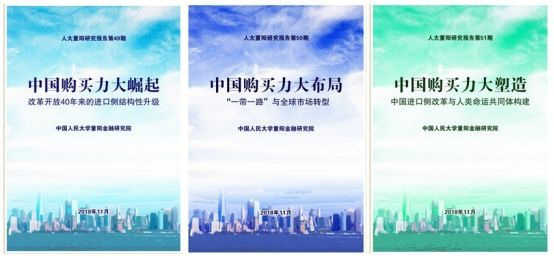
Wang stressed that the three reports are further explanation of the main logic of China Pavilion of the CIIE from the perspective of academics and think tank.
The first report described the changes in China's imports during the 40 years of reform and opening up and the structural upgrade of imports. Reform and opening up has allowed China to seize the historical opportunity. With the rapid growth of foreign trade, China has embarked on the road of rapid economic development. The rapid development of China's foreign trade has also become one of the "engines" for world economic growth.
The second report describes the “Belt and Road” and the trends of global market transformation and the status of imports over the past 40 years. The proposal of the “Belt and Road Initiative” provides an important strategic opportunity for China's foreign trade development. The strengthening of economic and trade cooperation between China and other countries in the world, especially the countries along the Belt and Road, will directly affect the changes in the scale of China's import trade.
The third report is about the future, the construction of China's import and a community with shared future for humanity. Since the 1970s, the world economy has accelerated its integration. With the expansion of world market and the free flow of resources, the country has formed a clear pattern of industrial division of labor. Developed countries have achieved industry upgrading and continuous optimization, showing a typical "three two one" industrial structure layout, which are at the top of the global industrial division of labor value chain; participating in globalization in a late time, economic development of developing countries is lagging behind, those countries are at the bottom of the value chain .
At the end of his speech, Wang Wen made his sincere blessings to the CIIE. He pointed out that this year is the first time that China held the CIIE, and the CIIE will be boosted in the future and researches on imports will continue as well.
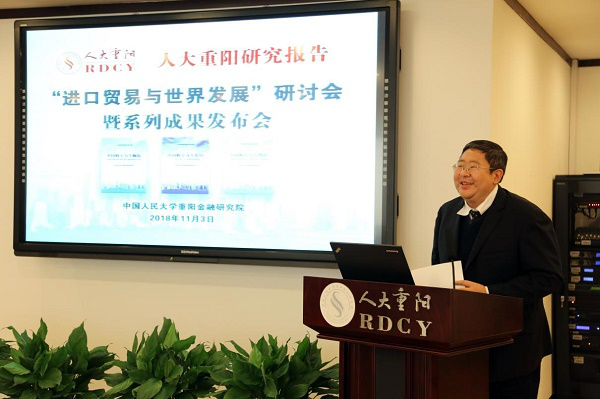
Jia Jinjing made a brief comment on the reports with three sentences. The first sentence is that the progress of China’s imports in the past 40 years can be described as changing from food for cars to cars for cars, which means that China can produce its own products with relatively high-end technology to trade for the world's products. The second sentence is that the current nature of China's purchasing power has changed. In the past, the goods were always bought from developed countries and sold to developing countries. Now it is evidently becoming a trend that buying from developing countries and selling to developed countries. The third sentence is that the shaping of China's purchasing power is a kind of construction for a community with shared future for mankind.
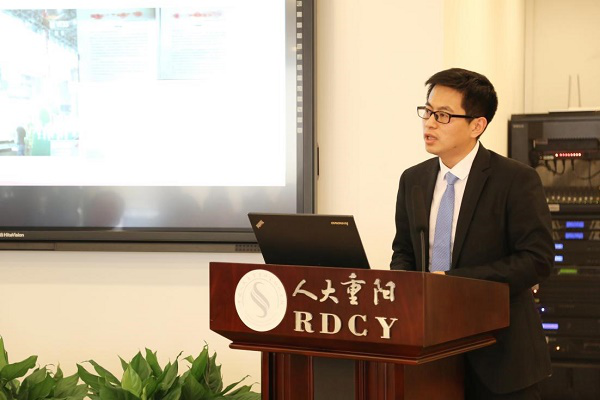
Then, Guan Zhaoyu, an associate research fellow of RDCY, on behalf of “import trade” research group led by Dean Wang Wen, released the three reports.
During the seminar, the experts highly praised the reports and shared their own opinions on China’s import and the CIIE. The seminar was presided over by Yang Qingqing, assistant to the dean of RDCY.
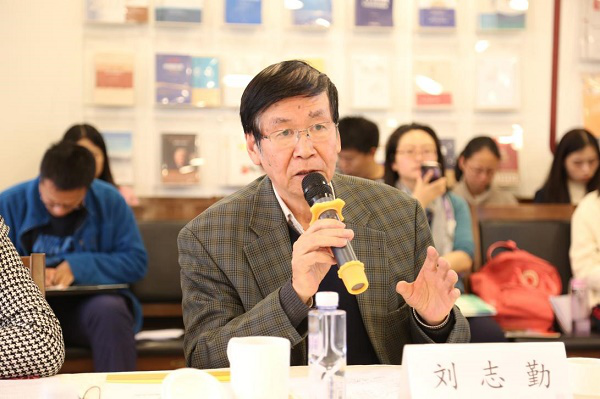
Liu Zhiqin stressed several factors that should be taken into account in China’s growth of import and purchasing power. Firstly, China’s high savings are the foundation of the growth of import and purchasing power. High savings shape China’s government confident and China is always a big market of import. Secondly, China's credit has continued to grow over the years, and the debt-repayment capacity and repayment ability of the Chinese government and the Chinese banking system have determined the rapid growth of imports.
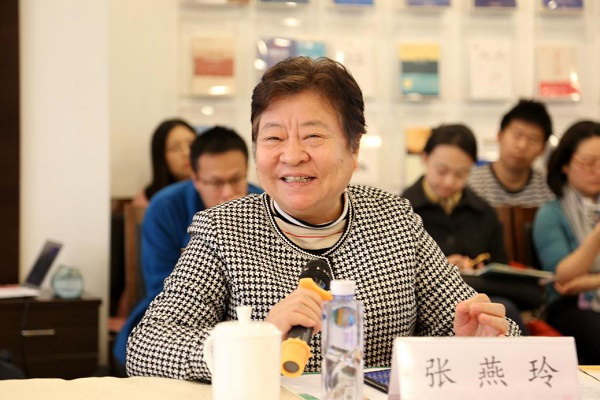
Zhang Yanling, former Executive Vice President of Bank of China and senior fellow at RDCY, reviewed the history of China's imports, the great contributions of Bank of China to financial and import-related businesses and the significant role for the development of China's import trade. She pointed out that the Canton Fair is a witness to China's past import and export. In the long run, the CIIE will become the center of global resource allocation. In addition, the import business is conducive to RMB’s internationalization and China's reshaping trade rules.
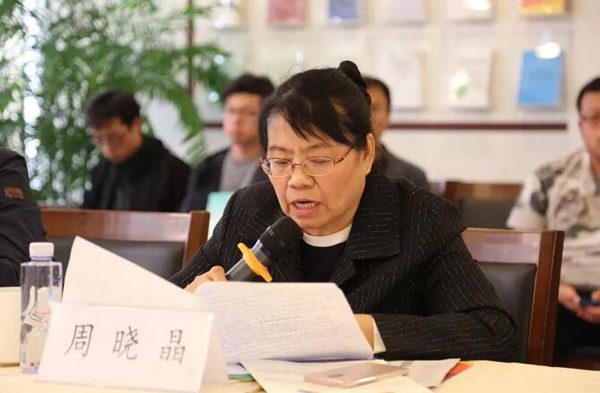
Zhou Xiaojing, former Director of Asia-Africa Development Research Institute of Development Research Center of State Council (DRC) and senior fellow at RDCY, noted that the CIIE is the last home diplomatic event in 2018, which is a milestone event in China's reform and opening-up. An important goal of the CIIE is to deepen trade cooperation. It will become a public platform to promote the globalization. The active participation of countries from all over the world also demonstrate the CIIE’s great significance of being extensively beneficial to all and helping realize the win-win and inclusive development.
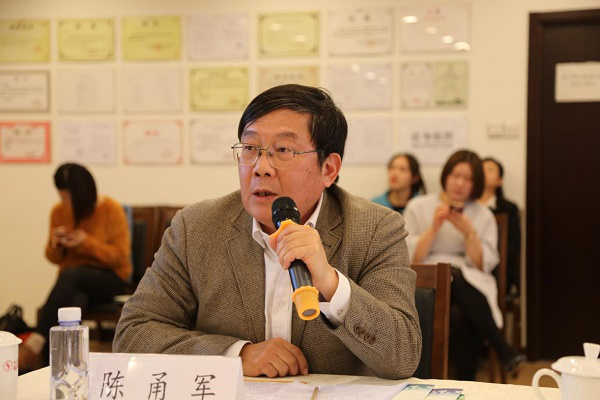
Chen Yongjun, professor of Business School of Renmin University of China and senior fellow at RDCY, argued that trade has changed China greatly. He gave his understandings on developing trade in six aspects: first, advance supply-side structural reform, including the reform in the circulation field; second, promote consumption, expand domestic demand, accelerate economic transformation through the convergence of circulation and consumption; third, build a new type of market through actively implementing the “Belt and Road” to deal with trade friction; forth, establish confidence, promote China's reform, and develop the private economy; fifth, under the background of the Sino-US trade friction, deepen the reform and opening-up; sixth, pay more attention to the import of international trade, not only to solve the problem of quantity, but to provide impetus for future economic development.
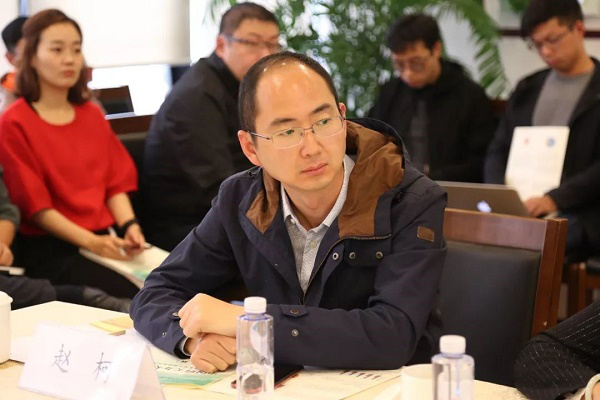
Zhao Ke, an associate professor at the Institute for International Strategic Studies of the Central Party School of the Communist Party of China, believes that the current WTO-centered multilateral trading system is likely to collapse. One of the most important aspects of import is to make China's import an important shaping power for maintaining a unified global free trade system through the expanding of import, the shaping of China's purchasing power, the construction of a community with shared future for mankind and the “Belt and Road”.
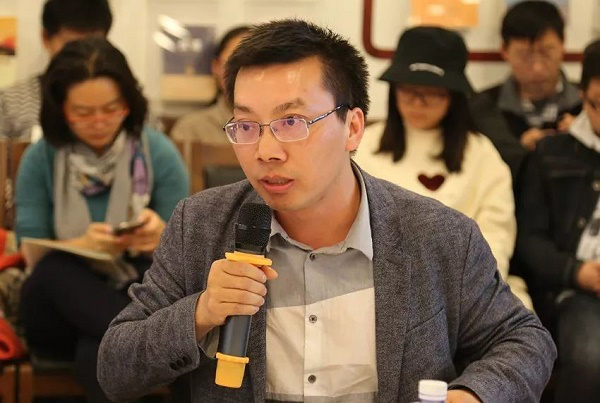
Ni Hongfu, an associate researcher at the Institute of Economics of Chinese Academy of Social Sciences, expressed his views from the perspective of trade surplus and deficit. He said that the long-term growth of trade surplus is unsustainable and import is beneficial to enrich the diversity of products and have positive significance for promoting household consumption and curbing inflation. There still exists a problem of large deficit in service trade in China's import trade structure, which needs to be adjusted and optimized. Holding the CIIE also indicates that China is further deepening opening-up or working hard to reduce the trade surplus.
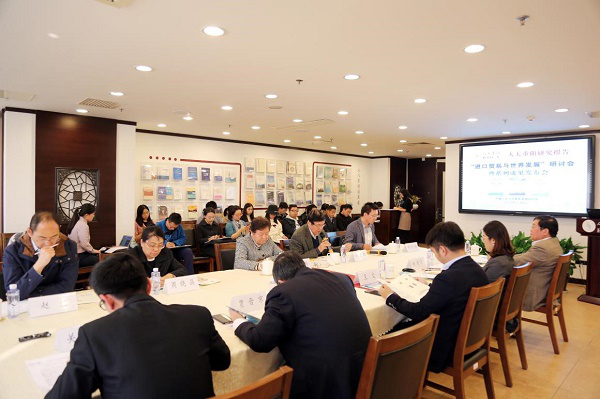























































































 京公网安备 11010802037854号
京公网安备 11010802037854号





